Need ideas on softening echo in kitchen
coopersmom
12 years ago
Featured Answer
Sort by:Oldest
Comments (14)
herbflavor
12 years agoRelated Professionals
Corcoran Kitchen & Bathroom Designers · Clarksburg Kitchen & Bathroom Designers · Palmetto Estates Kitchen & Bathroom Designers · Redmond Kitchen & Bathroom Designers · Wood River Kitchen & Bathroom Remodelers · Newberg Kitchen & Bathroom Remodelers · Niles Kitchen & Bathroom Remodelers · Park Ridge Kitchen & Bathroom Remodelers · Republic Kitchen & Bathroom Remodelers · South Jordan Kitchen & Bathroom Remodelers · Shaker Heights Kitchen & Bathroom Remodelers · Glenn Heights Kitchen & Bathroom Remodelers · Newcastle Cabinets & Cabinetry · Oakland Park Cabinets & Cabinetry · Shady Hills Design-Build Firmscoopersmom
12 years agoflwrs_n_co
12 years agomarcolo
12 years agowilltv
12 years agocoopersmom
12 years agorjr220
12 years agoformerlyflorantha
12 years agogryane
12 years agoidonthuff
12 years agoneelam_dhawan_207
4 years agoSuper Lumen
4 years agoformerlyflorantha
4 years ago
Related Stories
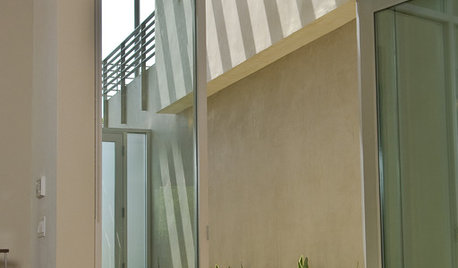
LANDSCAPE DESIGNSoften Modern Landscape Lines With Plants
Use foliage and flowers to break up stark geometry and add life to modern landscapes
Full Story
COMMUNITYIn L.A.’s Echo Park, a New Urban Development Takes Flight
Blackbirds, a new ‘microneighborhood’ near downtown, is Los Angeles’ latest small-lot urban infill project
Full Story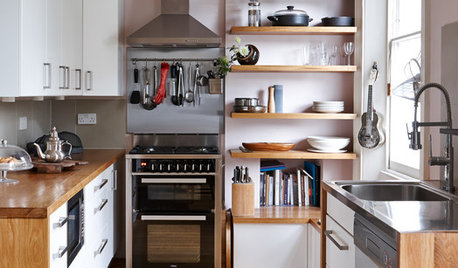
MOST POPULAR99 Ingenious Ideas to Steal for Your Small Kitchen
Make the most of your kitchen space with these storage tricks and decor ideas
Full Story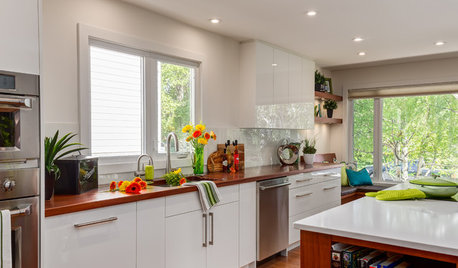
KITCHEN DESIGNThe Best Backsplashes to Pair With Wood Counters
Simplify your decision-making with these ideas for materials that work well with wood counters
Full Story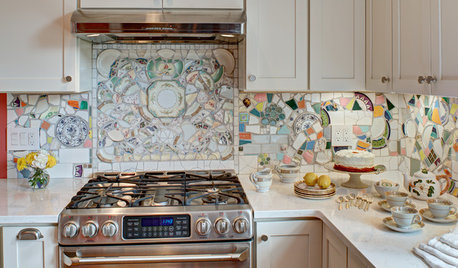
MOST POPULARKitchen of the Week: Broken China Makes a Splash in This Kitchen
When life handed this homeowner a smashed plate, her designer delivered a one-of-a-kind wall covering to fit the cheerful new room
Full Story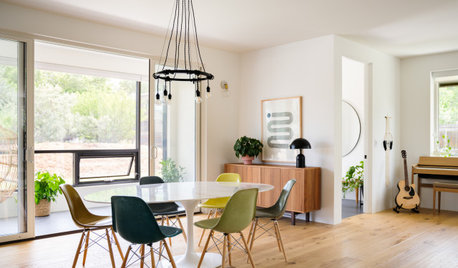
FEEL-GOOD HOME10 Tips for a More Peaceful Home
Turn your everyday living space into a serene retreat by clearing visual distractions, softening your lighting and more
Full Story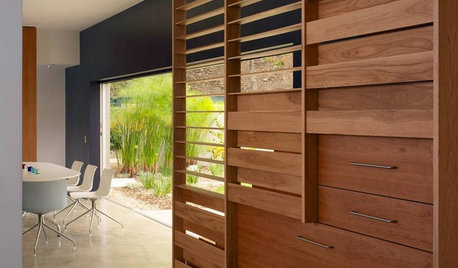
ARCHITECTURETouches of Cozy for Open-Plan Designs
Sometimes an open floor plan is just a little too open. Here’s how to soften it with built-ins, inventive screens and decor
Full Story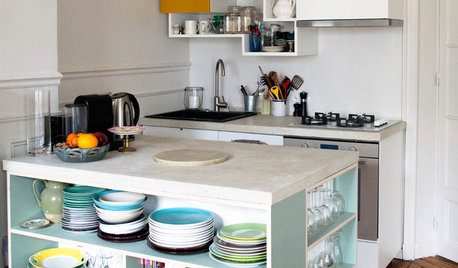
SMALL KITCHENSBig Ideas for Compact Kitchens
Check out these stylish storage ideas for kitchens both small and large
Full Story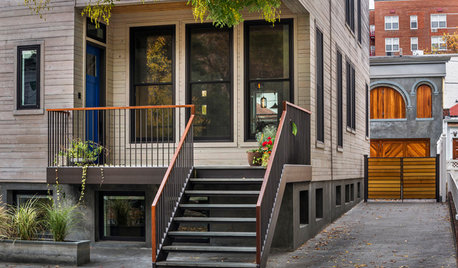
HOUZZ TOURSHouzz Tour: A Brooklyn Townhouse Takes a Warm, Contemporary Turn
Softening a traditional boxy shape creates better access and a more interesting look for a Brooklyn family home
Full Story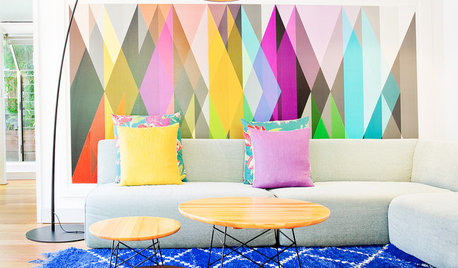
DECORATING GUIDESHow to Get Curves in All the Right Spaces
Use the softening effect of curves to enhance and define your indoor and outdoor areas
Full Story





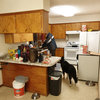

jejvtr